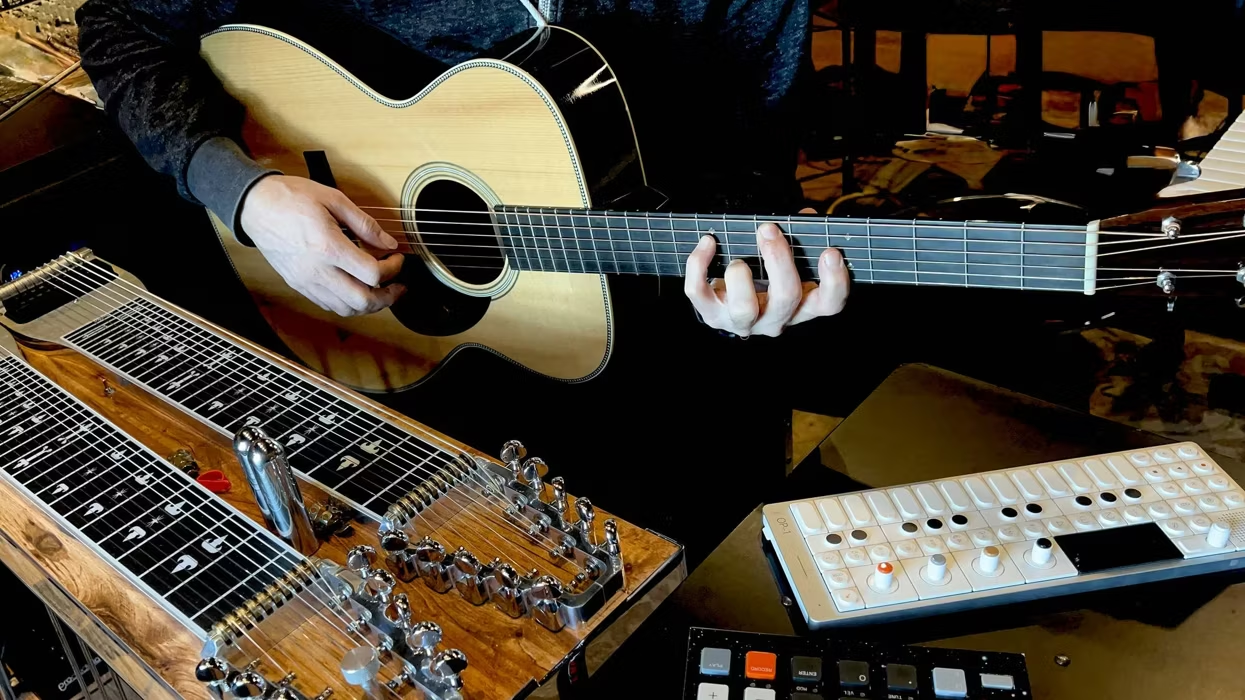Not to take anything away from ambitious amps with multiple channels, high-octane preamps, and complex tone stacks, but it’s tough to beat the tactile response and sonic immediacy of a simple signal path populated with high-quality parts.
The new D2O from North Carolina’s Dusky Electronics is a stellar example of doing lots with less. Dusky says the amp’s name alludes to the chemical symbol for the heavy water used in nuclear reactors, and was chosen because the amp can sound both heavy and clear. It certainly does—and in cool and unusual ways.
A Fresh, Clean Look
I tested D2O with Dusky’s Hydrogen Cab ($575, sold separately)—a 1x12 with a ceramic Warehouse G12C/S speaker. With their coordinated orange/sky-blue color scheme, the head and cab look fab together. Their cheery colors could have been inspired by a 1960s detergent box—or a pop artist’s interpretation of one. And then there’s that wild front-panel cutout—back lit by LEDs.
Lacking reverb or tremolo, the D2O is comparatively no-frills. And the head’s two 6L6 power tubes evoke such ’60s Fender amps as the Bassman, Bandmaster, and Super. (According to Dusky, you can substitute EL34, KT88, or 6550 power tubes with no modifications, though I only evaluated the amp with its stock Russian-made Tung-Sol tubes.)
of harmonious sustain.
Meanwhile, the preamp tubes are 6SL7s—octal models that fell out of general use during the ’50s. The amp’s paraphase-style phase inverter circuit (most associated, perhaps, with Fender tweed circuits) is even more primitive. But while various D2O design details are plucked from the guitar amp’s early history, the resulting tones feel edgy and modern.
Far from Fender
The 32-watt D2O is about as loud as most dual-6L6 Fender blackface amps, though its tone profile is quite different. Compared to, say, a ’60s Super, D2O distorts more readily and at relatively low volumes. The distortion’s character is different, too, with crackling upper-mid crunch reminiscent of vintage Vox amps, even when listening through the Hydrogen Cab’s American-style speaker. D2O has less clean headroom than an equivalently powered blackface, but between the harmonious distortion and crisp definition, your clean parts may sound great a little dirtier than usual. The frequency range is extraordinary. Lows are powerful yet tight. (D2O actually works nicely as a retro-style bass amp.) Highs can be as intense as you want, and then some.
Expanded frequency range isn’t always a good thing. With extra highs and lows, your tones can start to sound as if they were recorded directly. Fortunately, D2O boasts a novel set of tone controls uniquely suited to wrangling the amp’s potentially overwhelming lows and highs. The bass and treble controls in the first preamp stage are configured Baxandall or “James”-style, a relatively little-used circuit capable of serious high and low boosts. Meanwhile, the mid control is isolated from the bass/treble controls in the second preamp stage. It’s a cut-only control that siphons off the low mids that accumulate when you crank the bass control. Finally, there’s a high-cut control located in the power amp stage.
Ratings
Pros:
Unique design. Bold, tactile tones. Great touch response. Excellent build quality.
Cons:
No reverb or tremolo.
Tones:
Ease of Use:
Build/Design:
Value:
Street:
$1,500 street (cabinet $575, sold separately)
Dusky D2O
duskyamp.com
In other words, the tone controls require you to work via both addition and subtraction. There’s no “right” way to proceed, but I found it helpful to start with approximate bass and treble levels before setting the gain (because the amount of added highs and lows affects the degree and character of distortion). At this point, tones may be excessively boomy or brittle, but you can tame top-end nastiness with the cut control, and then adjust the mid control for the right balance of bulk and clarity. All settings are supremely dynamic. If you like, you can simply crank the amp’s volume and control the distortion amount via your guitar’s volume knob.
No matter how you set the controls, tones are deep and intense, with gobs of harmonious sustain. Thanks in part to D2O’s big-ass, U.S.-made Edcor transformers, the amp always sounds authoritative, with ultra-present highs and rock-solid fundamentals. D2O also works splendidly with gain/distortion stompboxes (like the homemade germanium booster heard 40 seconds into the demo clip).
Pretty on the Inside
D2O is beautifully built. The head’s folded-steel exterior is tough and attractive. The head weighs a sensible 27 pounds and has two rugged metal handles. You can access the tubes by removing just four screws, which takes all of 30 seconds. It only takes a minute or two to expose the full-sized, modern components inside the chassis. These are meticulously hand-soldered on turret board. It’s easy to imagine D2O sounding great decades from now.
The rear panel includes a 3-way speaker impedance selector and a switch that reduces power to 8 watts. Quiet mode sounds every bit as good as loud mode, with little of the “veiled” quality you sometimes get from, say, speaker attenuators. (My demo clips were recorded in low-power mode.)
The Verdict
With D2O, Dusky Electronics has pillaged the past to create something new. The amp offers wide-ranging tones with virile lows, face-slapping presence, and superb dynamic response. The $1,500 price tag is sensible for such an expertly crafted, hand-wired head with a fresh, fun look and so many high-impact tones.
Watch the Review Demo:




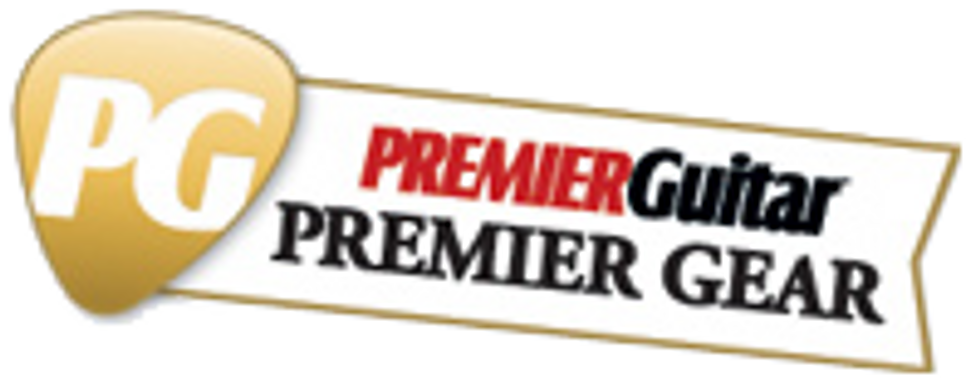




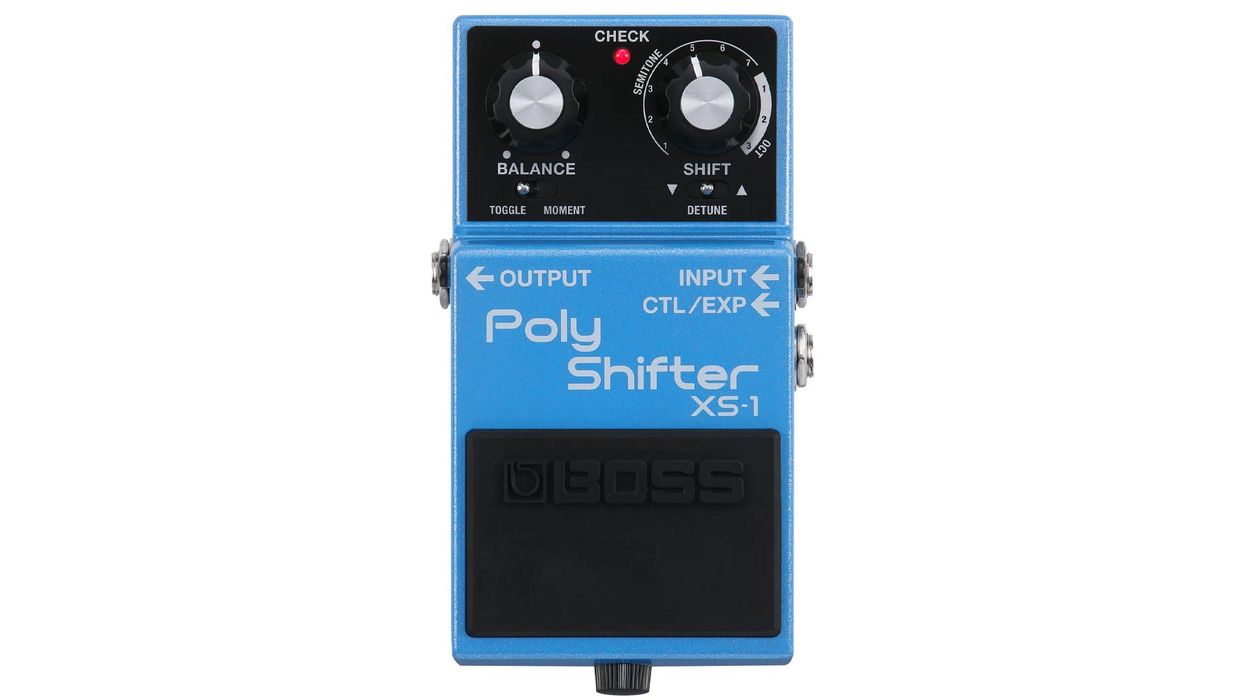
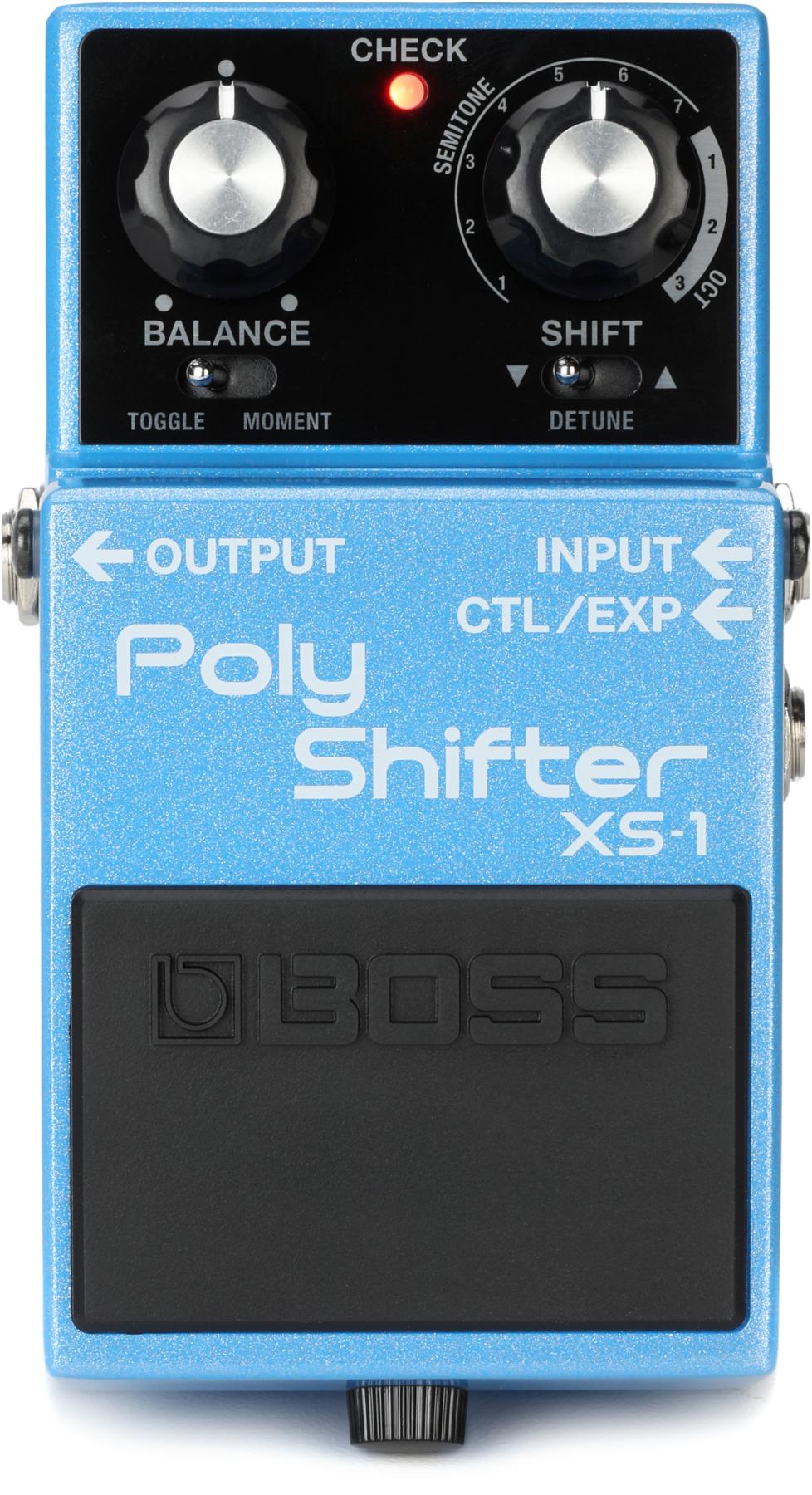
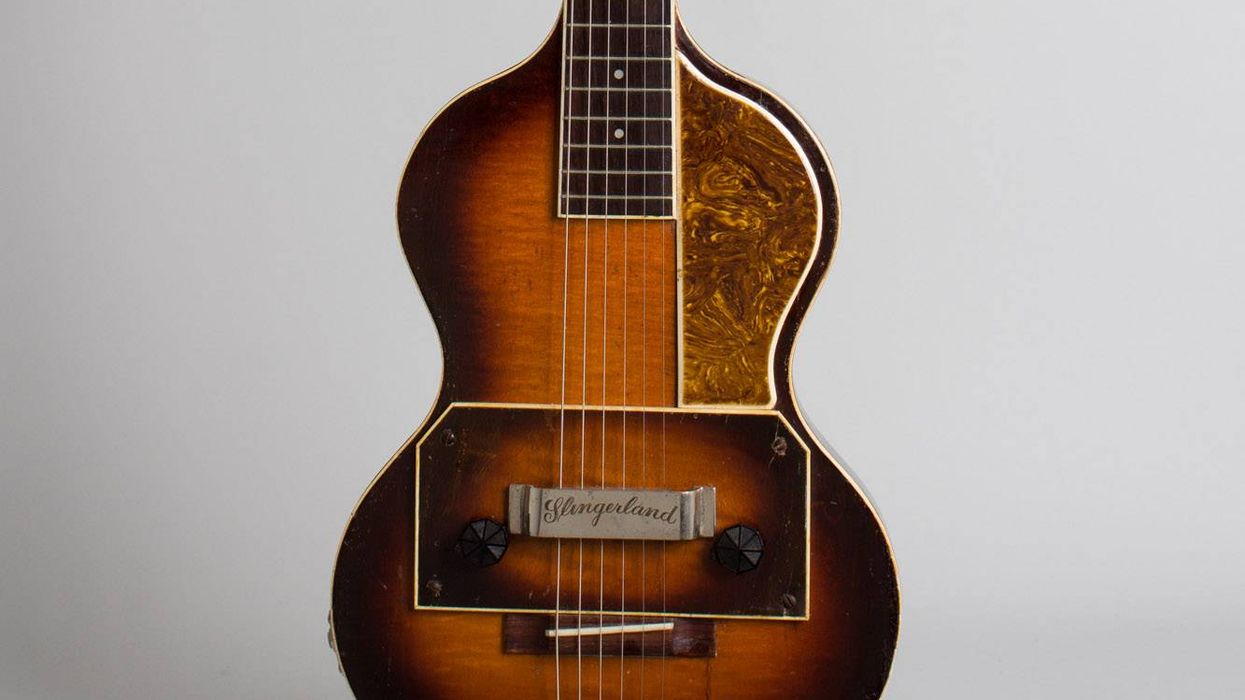
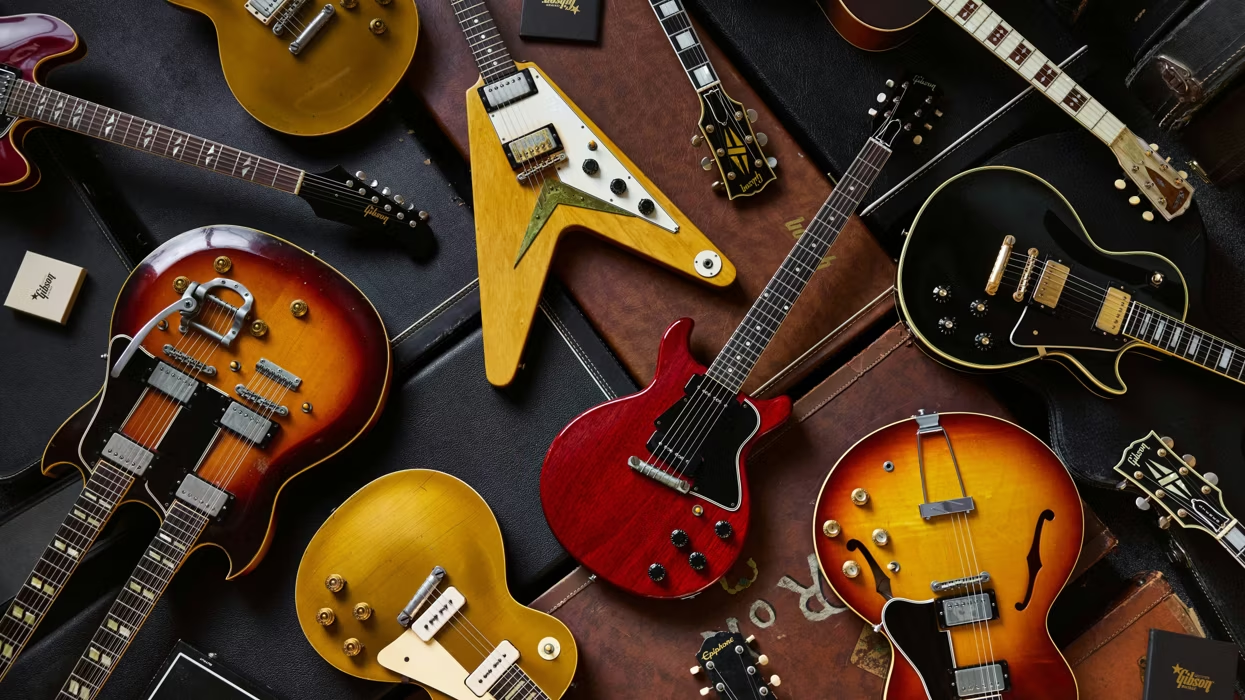
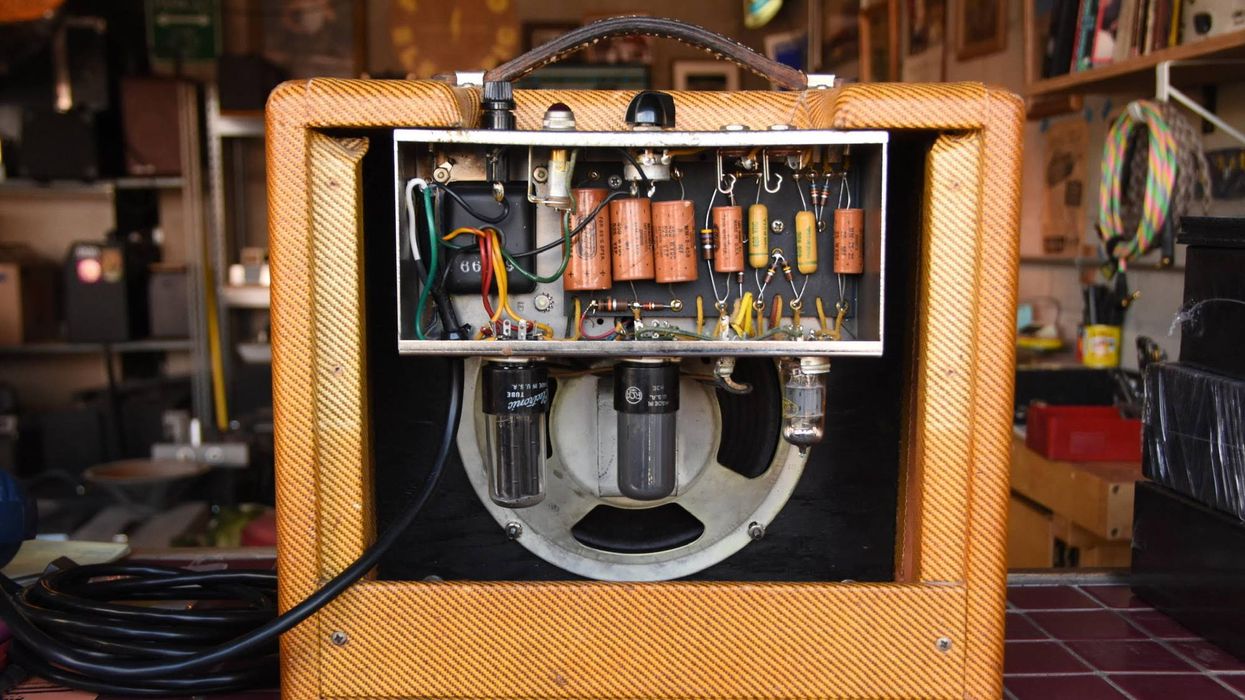
![Rig Rundown: Russian Circles’ Mike Sullivan [2025]](https://www.premierguitar.com/media-library/youtube.jpg?id=62303631&width=1245&height=700&quality=70&coordinates=0%2C0%2C0%2C0)


